How to use a Pressure Washer
- By BISON
Table of Contents
A pressure washer turns the flow of a regular garden hose into a powerful spray. Whether it’s preparing for a fresh coat of paint or simply washing away grime and dirt, learning how to use a pressure washer can be the skill you need to tackle a variety of surfaces and projects outside and inside your home. You need to know how to use the pressure washer properly and safely so that you do not damage your property or cause harm to yourself. so preparation and patience are key. Here’s a complete guide on how to use a pressure washer.
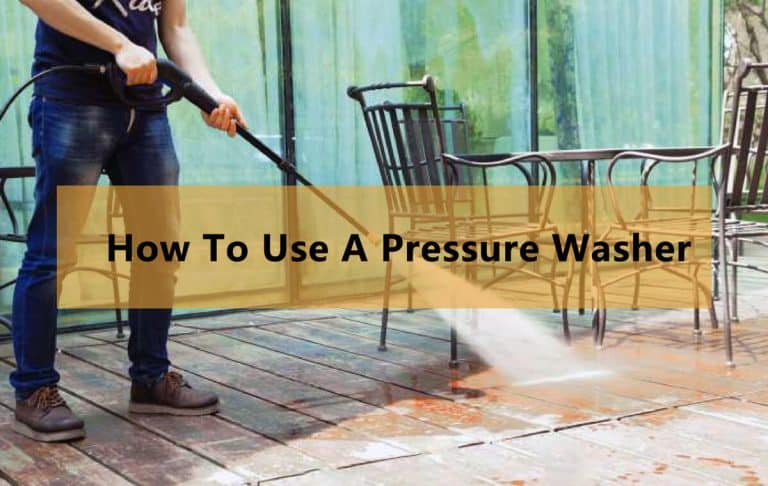
Preparing for pressure cleaning
Before you begin the task of pressure cleaning, it’s essential to prepare thoroughly to ensure a smooth and effective operation. This preparation process involves three crucial steps:
#1. Gather the necessary equipment
The first step in preparing for pressure cleaning is to gather all the necessary equipment. This includes a suitable pressure washer, a hose, and a nozzle. Depending on the nature of the job, a cleaning agent may be required to help remove stubborn dirt or stains.
If you have mold growth on your deck or part of your siding, consider adding a 10% bleach solution to the water. There are several systems available as add-ons to your pressure washer that make it easy to mix additives and cleaning solutions into the water in the proper amounts.
Remember, safety should always come first, so don’t forget your safety equipment. This includes goggles to protect your eyes from flying debris, gloves to protect your hands, and boots to shield your feet from any potential harm.
#2. Choose the right nozzle
Most pressure washers use a quick-connect nozzle, which changes the output pressure and sets the spray pattern of the pressure washer. Knowing which pressure washer nozzle to use can help you get the job done right – and done safely. Nozzles are often color-coded to indicate a fan pattern, thus indicating pressure.
- Red nozzles(Zero degrees): Since it does not produce a fan pattern, it produces the highest possible level of pressure cleaning. This is certainly not the nozzle you would use for general cleaning. You can use this nozzle to pressure wash metal surfaces or to really chew up stubborn concrete stains.
- Yellow nozzle: This nozzle produces a 15 degree fan pattern that is perfect for use as a virtual “scraper” to remove paint or stubborn mildew stains from PVC fences. For really stubborn stains, this nozzle is used more often than any other nozzle.
- Green nozzle: This nozzle produces a 25 degree fan pattern. Used primarily for cleaning, this is the nozzle you use for tough jobs that require a good balance between scrubbing power and surface finesse.
- White nozzle: This 40 degree fan nozzle is perfectly suited for rinsing and fine washing. These are the nozzles for washing/rinsing glass or washing vehicles. These are excellent nozzles for wood decks and all fine substrates.
- Black nozzles: These nozzles are very effective when chemical additives are used. It creates a broad spray with minimal pressure and helps promote siphoning, introducing chemicals into the water stream. Black nozzles work best when using a pressure washer to apply soap or other chemicals.
#3. Protect the surrounding area
Finally, it’s important to protect the surrounding area before you start pressure cleaning. This can involve covering windows, plants, and furniture with plastic sheeting to prevent any accidental damage.
As the name of the tool suggests, water will flow out at high pressure. If you are not careful, it can cause a lot of damage. If you are cleaning the exterior of your house, make sure you have identified the electrical box and other areas you don’t want to touch with the water flow.
This step is particularly important if you’re using a cleaning agent, as these can potentially harm plants and other delicate surfaces. By taking the time to protect the surrounding area, you can ensure a hassle-free cleaning process and avoid unnecessary cleanup afterward.
Operating a pressure washer
Once you have adequately prepared for pressure cleaning, the next step is operating the pressure washer. This involves four main steps:
#4. Connect the pressure washer to the water source
In most cases, you usually get water by connecting the pressure washer directly to a water hose. This should provide enough water to drive the washer. Once you have it connected, you can start the pressure washer. Make sure you don’t touch the trigger until you want to start cleaning.
#5. Connect the nozzle to the pressure washer
Next, attach the appropriate nozzle to your pressure washer. It’s crucial to tighten the nozzle properly to prevent any leakage. Leaks can reduce the overall pressure of the washer and make your cleaning less effective. They can also lead to water wastage.
#6. Start the pressure washer
With everything connected and secured, it’s time to start your pressure washer. Refer to the manufacturer’s instructions for starting and stopping the machine. These instructions typically involve specific steps to ensure safe and efficient operation. Remember, improper use can lead to damage to the machine or potential injury, so always follow the guidelines provided.
#7. Adjust the pressure
While some pressure washers allow you to adjust the pressure with a pressure adjustment control, most do not. With high-pressure washers, you adjust the pressure primarily by changing the distance between the nozzle and the cleaning surface.
Be sure to select a pressure that is strong enough to remove dirt and grime but not so strong that it might cause damage to the surface you’re cleaning. Then, experiment in an area where you won’t damage any surfaces, starting with lower pressure tips and more distance.
Cleaning with a pressure washer
Once your pressure washer is set up and operating correctly, it’s time to start cleaning. Depending on what you’re washing, you’ll need to use a slightly different technique. Here is a step-by-step guide on how to effectively clean with a pressure washer:
#8. Choose the right spraying distance
The distance between the nozzle and the surface you’re cleaning can significantly impact the cleaning results. Spray from a safe distance to prevent damage to the surface. A good rule of thumb is to start spraying from at least 3 feet away and move closer as needed.
#9. Start pressure washing
When cleaning vertical surfaces like walls or fences, always start from the bottom and work your way up. This method prevents dirt and debris from being washed back onto the cleaned areas.
If you’re spraying your deck, use a sweeping motion, always away from the house, to apply the water. Use the same motion and direction throughout to prevent leaving marks on the deck surface.
Tilt the nozzle to reach different angles and gaps. This ensures that all areas, including hard-to-reach corners and crevices, are adequately cleaned.
#10. Rinse the surface
Finally, rinse the surface thoroughly to remove any remaining soap or dirt residue. Start from the top and work your way down for the best results.
Wrapping up after pressure cleaning
After completing your pressure cleaning tasks, it’s essential to properly shut down and store your pressure washer. Here’s a quick rundown on how to do it:
#11. Shutting down the pressure washer
To safely shut down your pressure washer, follow the manufacturer’s instructions. This usually involves turning off the machine and disconnecting it from the power source. Ensure to do this correctly to maintain the longevity of your machine.
#12. disconnect hose and nozzle
Next, carefully remove the hose and nozzle from the pressure washer. Doing this gently can prevent potential damage to these parts, which could impact future use.
#13. store your pressure washer in a safe place
Once everything is disconnected, store your pressure washer in a safe place. Ideally, this should be indoors or in a covered area to protect it from the elements. Exposure to harsh weather conditions can degrade the machine over time, so proper storage is key to maintaining its performance.
#14. clean pressure washer after each use
Finally, clean your pressure washer after each use following the manufacturer’s pressure washer cleaning and maintenance instructions. Regular cleaning helps to keep the machine in good working condition and increases its lifespan.
Summary
As a leading Chinese pressure washer manufacturer, BISON strive not only to provide high-quality machines but also to share our expertise to help you utilize them effectively. In this comprehensive guide, we’ve outlined the key steps for using a pressure washer safely and effectively.
We’re eager to partner with potential dealers who are interested in offering our top-tier pressure washers to their customers. BISON promise attentive service, expert guidance, and the assurance of working with a company that prioritizes both product quality and user education. Together, we can achieve cleaner, safer, and more efficient cleaning solutions.
Most Popular Posts
QUESTIONS?
CONTACT US TODAY.
buy?
Related Posts
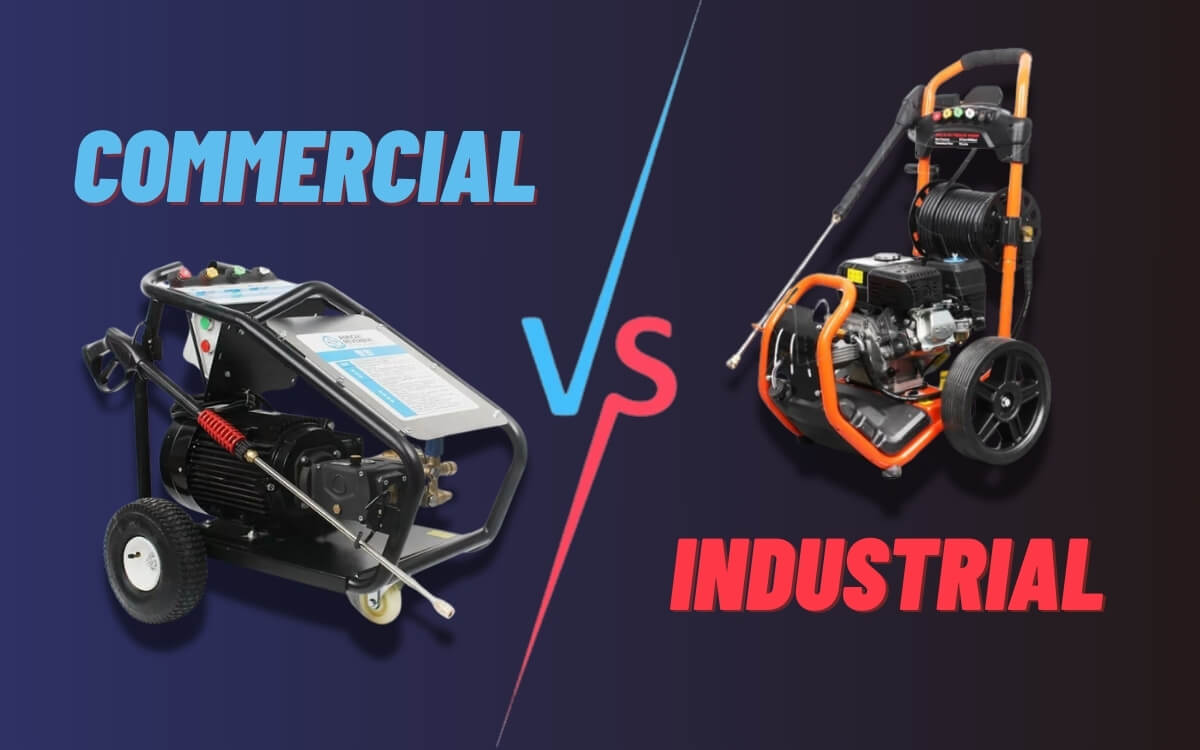
difference between commercial and industrial pressure washers
This article compares the key differences between commercial and industrial pressure washers to help you choose the best option for your unique needs.
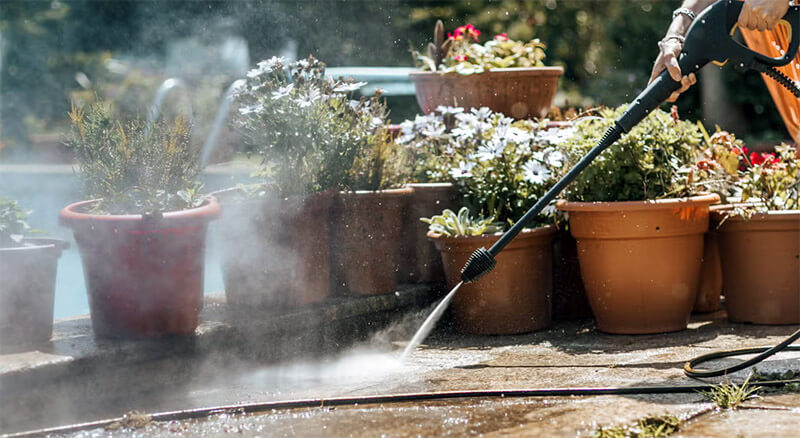
How to clean your garden patio using a pressure washer
This guide by BISON will walk you through each step to clean your garden patio with a pressure washer.
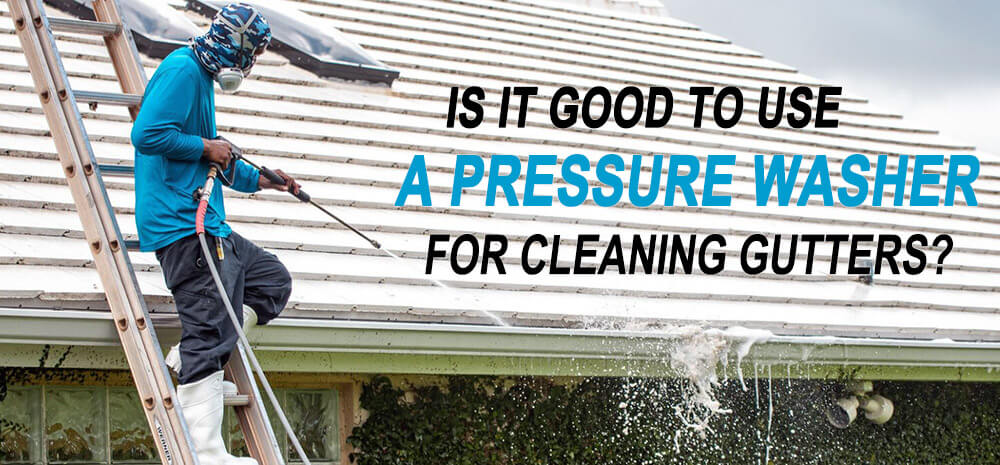
use pressure washer to clean gutters
BISON will explore whether using a pressure washer to clean your gutters is effective, safe, and practical.
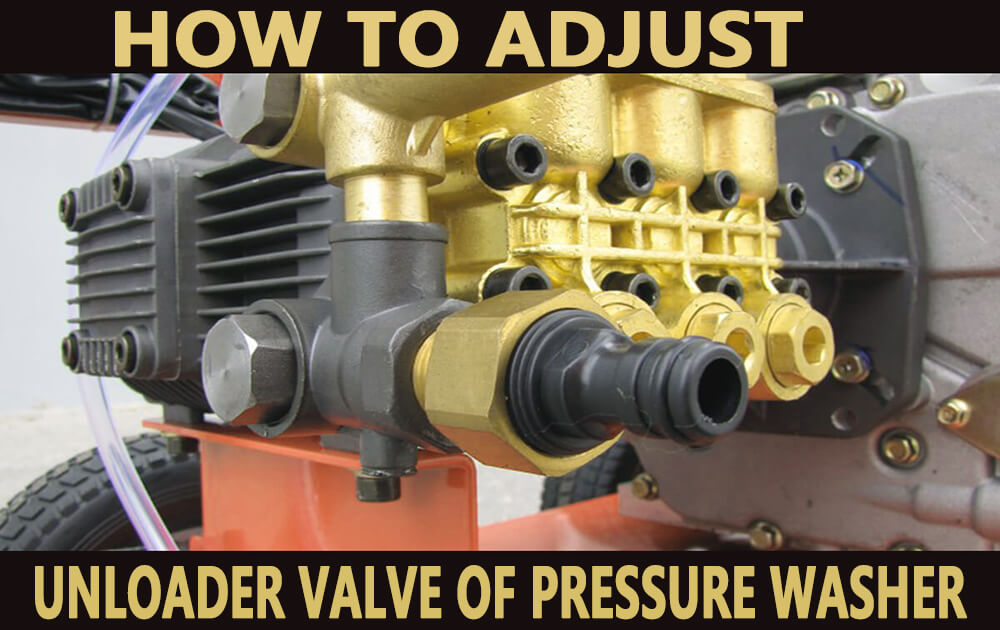
how to set the unloader valve of pressure washer
This blog is designed to guide you through the process of setting unloader valve on pressure washer.
Related Products
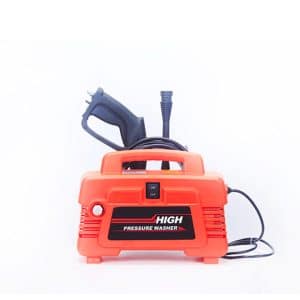
water pressure machine for cars
This water pressure machine for cars is a light-weight, yet powerful machine. It is a
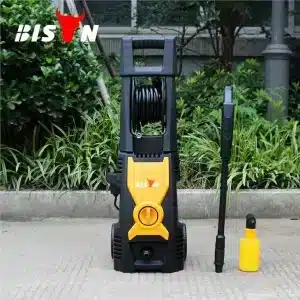
Openlife Electric High Pressure Washer
BS 180A Electric Pressure Washer – Make Wash Job Easier! This Powerful Clean Machine offers
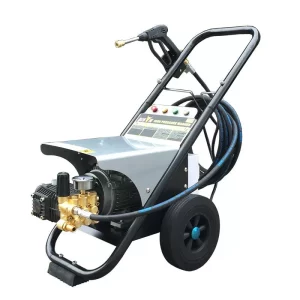
High Pressure Car Washer
1. Portable compact
2. Economical, reliable and durable
3. Long run time –
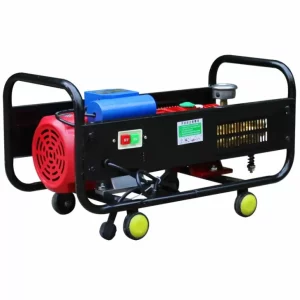
electric power pressure washer
Electric power pressure washer is an efficiently economic energy washer, designed for cleaning strong contaminated
.png)
-qbpqbzxxvtguiuwezisu6wo6j1i29b4m1el1ir1u8o.png)

